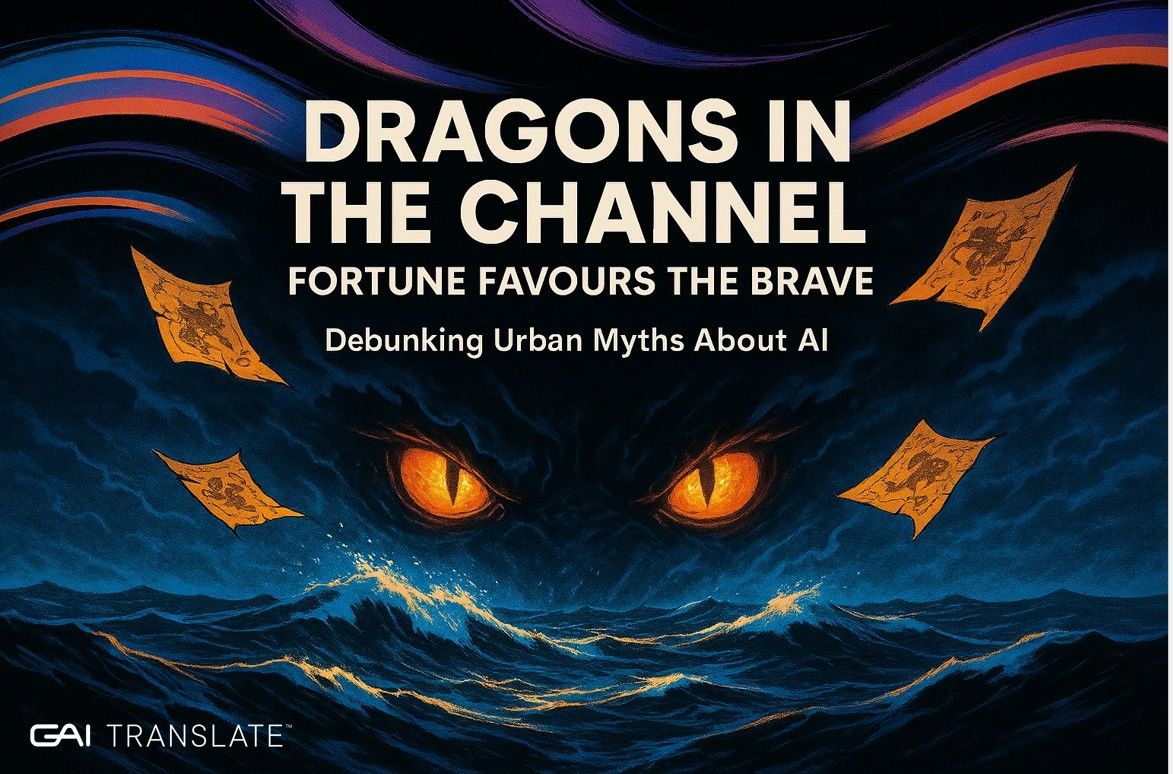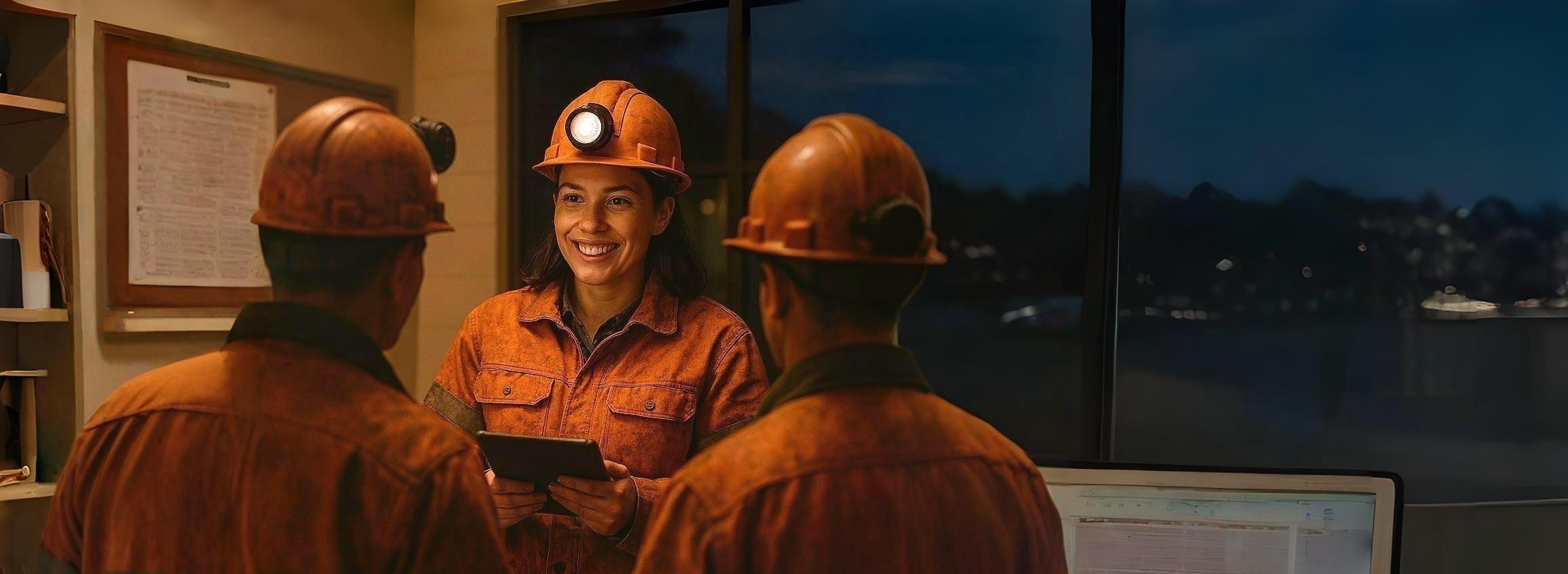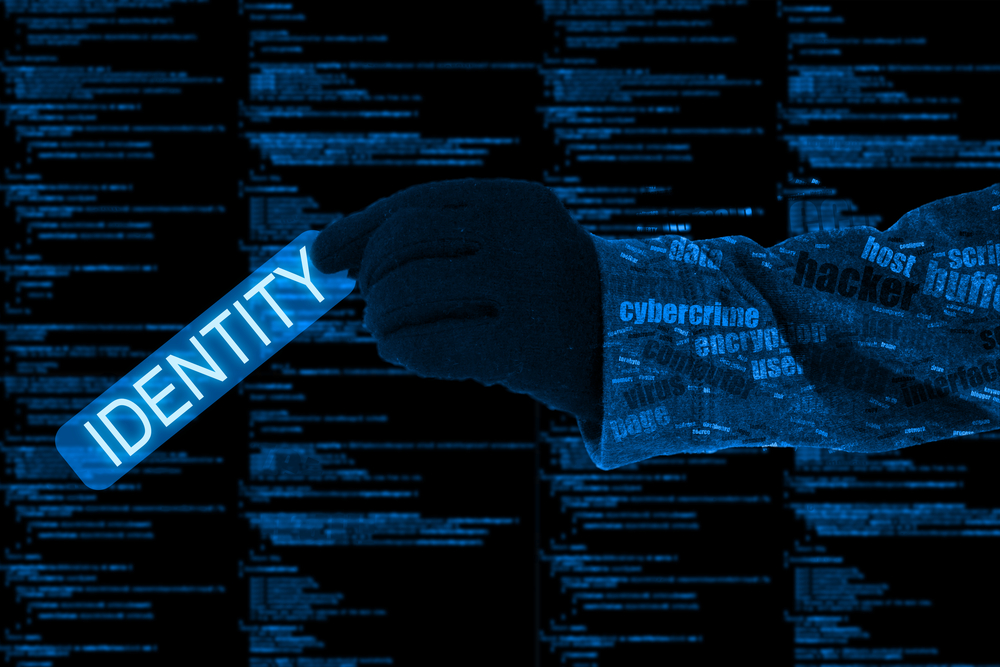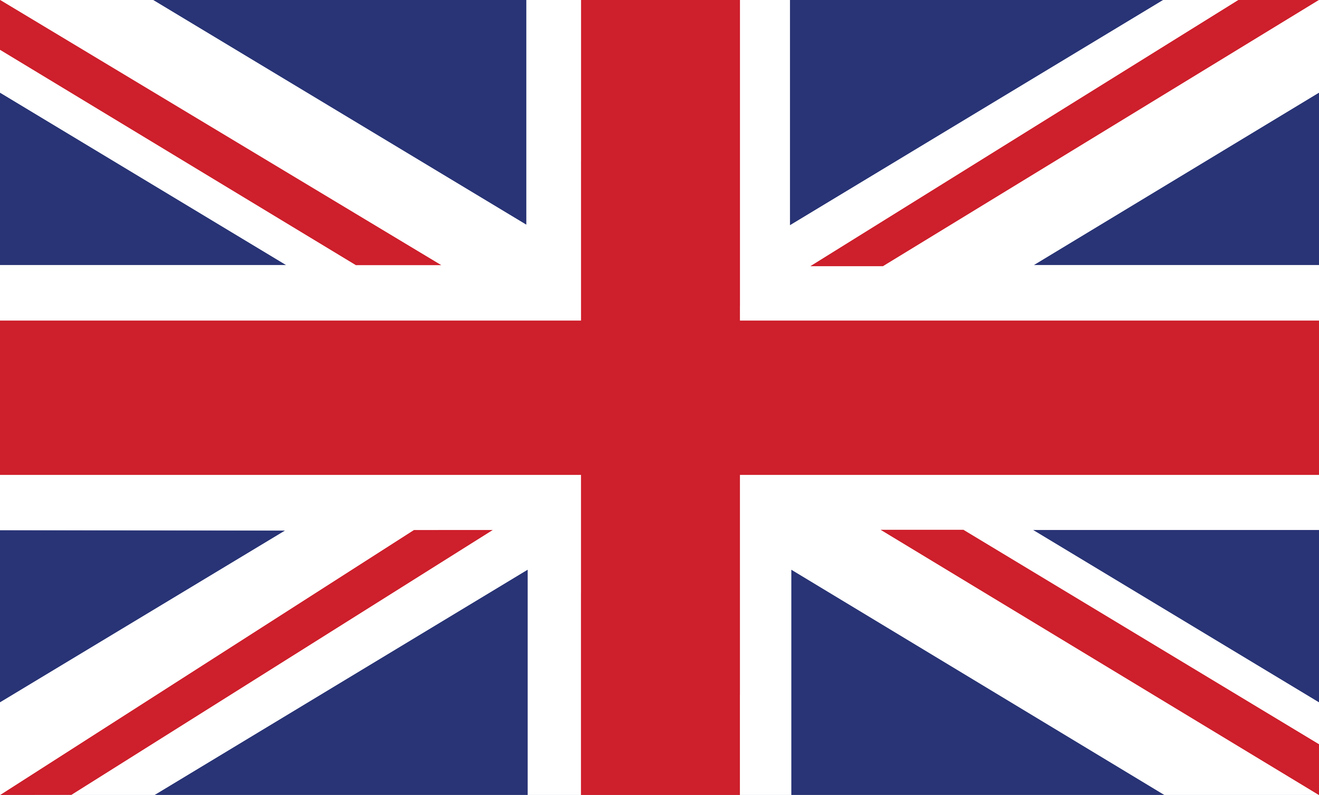The way we do business today has changed drastically. Companies are more digitised and interconnected. Organisations are facing greater risks at an increased velocity. The regulatory environment is becoming ever more complex.
Altogether, this means one thing for executive teams: trusting a simple machine translation (MT) like Google Translate, or an uncredited human review (like your employee) is no longer viable.
While every tool on the market promises speed and quality, smart decision-makers are choosing certified accuracy; the only tool that survives a legal audit or regulatory scrutiny, while keeping the same speed and quality.
The liability of not certifying
Competitor platforms have optimised speed and cost, often sacrificing the basic layer of auditable proof required by regulated sectors. This creates a dangerous knowledge gap for leaders and procurement teams.
The black box of machine translation
Leading MT systems like DeepL offer remarkable linguistic fluidity. However, for a Chief Security Officer or General Counsel, the output is a black box. The translation is generated, but the process has no audit trail:
- Was the data handled securely (ISO 27001)?
- Was the output checked by a human expert?
- Who was that expert, and are they vetted for domain expertise and confidentiality?
Without answers, the translation output carries implied quality, a subjective belief that the result is good, but zero auditable proof of process. This failure in governance becomes a significant liability when that document is central to a global contract or a compliance filing.
The unverified crowdsourcing risk
Other MT platforms, such as Smartling, leverage vast networks of human linguists for post-MT review. While this adds a human check, it often fails the strict governance tests of regulated industries.
The issue is traceability: unless the LSP has a system to verify the credentials and security clearance of every single contractor in the supply chain, the human review layer is unaccredited and unverifiable.
You are relying on uncredited linguists and unverifiable outputs for critical documents. This process may solve the linguistic quality problem, but it entirely ignores the compliance problem.
Certified by design: GAI Certify
GAI Certify addresses this fundamental challenge, by providing official certification to your translation documents in one-click, while maintaining the speed and quality of standard AI translation tools. But here is how we differ.
ISO 9001 vetting protects the human layer
The core differentiator is the rigorous validation of the human element. GAI Certify operates on a foundation where every linguist involved in the review and certification process has passed Guildhawk’s extensive, ISO 9001-certified vetting process.
This means that for the first time, the human layer is fully auditable. Leaders know that the expert who validated the patent text or medical device label has verifiable domain expertise and has adhered to strict, auditable security protocols.
One-click certification
The functional result for the user is simplicity: one-click certification. This feature generates a verifiable, non-repudiable certificate that comes with the translation. This certificate confirms:
- The security of the process (ISO 27001 framework).
- The expertise of the linguist (ISO 9001 vetting).
- The auditable timestamp and identity of the final reviewer.
This tangible evidence is the strategic asset that allows leaders to confidently file in multiple jurisdictions, knowing their foundational documents meet global governance expectations.
Security, governance, and the future of trust
The mandate for translation security is moving from the IT department to the executive suite. As data complexity increases, assurance becomes paramount.
David Clarke, Chief Security Officer at Guildhawk and former Head of the City of London Police Fraud Squad, affirms this shift:
“Global organisations expect their suppliers to apply robust controls to protect data and to be able to evidence compliance. ISO 27001 certification and the audits that test controls gives the assurance that everything from linguist vetting to safe delivery of translations is secured by design.”
GAI Certify is not just focused on the present audit; it is building the future of trust architecture. Guildhawk is also actively exploring partnerships with blockchain technologies to ensure that GAI Certify’s output becomes an immutable, globally recognised record. This move will future-proof client compliance, making certified translations an indisputable component of any global smart contract or regulatory submission.
Stop guessing. Start verifying.
Smart leaders understand that the cost of compliance failures will almost always outweigh the perceived saving of using implied quality tools. Why accept a subjective promise when verifiable, certified proof is available with a single click?
We invite you to see the difference GAI Certify makes to your global compliance infrastructure.
Upload a document today and see the difference in certified output.
For a deeper dive, contact our Chief Security Officer today at: david.clarke@guildhawk.com.
SHARE THIS ARTICLE
RELATED RESOURCES
Busting the big 3 myths in AI adoption: what are you doing wrong with AI?
The conversation about adopting AI tools to translate is clouded by myths - myths that create risks and missed opportunities for global businesses. This week, Be the Business, an organisation that champions...
5 MIN READ
Eight ways GAI mitigates your mining risks
Mining is one of the most dangerous occupations in the world. According to research by the Lloyd's Register, one in five people in the sector was harmed at work...
5 MIN READ
What you must do to prepare for AI risks – a word from our Chief Security Officer
"If you can't mitigate it, insure it." This simple adage, stated by our Chief Security Officer, David Clarke, encapsulates the fundamental challenge facing businesses in the era of artificial intelligence. ...
4 MIN READ
Busting the big 3 myths in AI adoption: what are you doing wrong with AI?
The conversation about adopting AI tools to translate is clouded by myths - myths that create risks and missed opportunities for global businesses. This week, Be the Business, an organisation that champions...
5 MIN READ
Eight ways GAI mitigates your mining risks
Mining is one of the most dangerous occupations in the world. According to research by the Lloyd's Register, one in five people in the sector was harmed at work...
5 MIN READ




